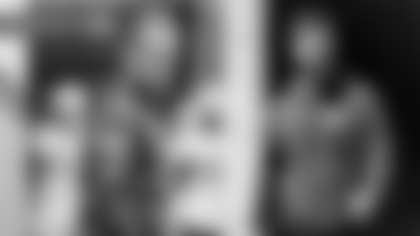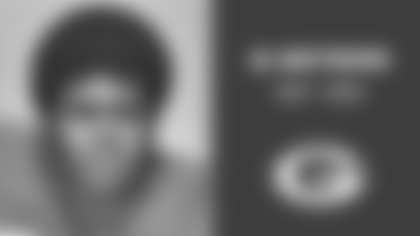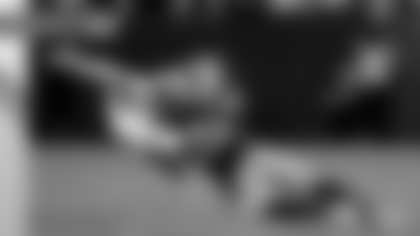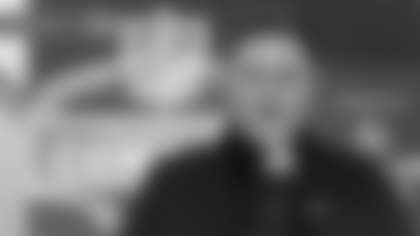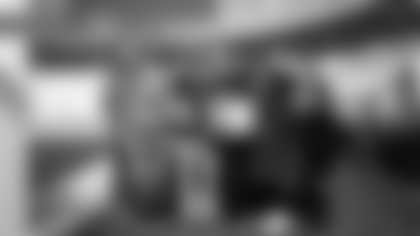WASHINGTON, D.C. – Robert Wright got his season tickets to Packers games sometime in the early 1950s, when the Packers were still playing their home games at City Stadium on Green Bay's east side, before Lambeau Field was built.
He can't remember the exact year, but it wasn't long after he returned from serving in Japan, the Philippines, and the Berlin Airlift during the back half of the 1940s in various post-World War II tours of duty in the Air Force.
So imagine Wright's delight when, given the opportunity to board an Honor Flight to visit for the first time the National World War II Memorial in Washington, D.C., he got to share such a momentous day with a quartet of former Packers from the Vince Lombardi heyday he witnessed first-hand.
"I told Zeke that I was sitting right in the stands in the Ice Bowl when Bart Starr got the last touchdown and won the Ice Bowl game," Wright said, obviously thrilled with the chance to meet Zeke Bratkowski, Starr's accomplished backup. "I was right there in front when he went over (the goal line). Zeke said it's not as cold now. I said it didn't matter then, I was young."
Northeast Wisconsin's Old Glory Honor Flight Mission 33 in late October brought back floods of memories of younger days for the nine World War II and 68 Korean War veterans who took part.
The added companionship of Bratkowski along with Lombardi-era teammates Donny Anderson, Jim Grabowski and Phil Vandersea, all military veterans themselves, was simply the icing on a once-in-a-lifetime cake.
"I never thought I would see this – we have legends amongst our legends," said Earl Morse, a private pilot who founded the Honor Flight program a little over a decade ago.
Honor Flights take war veterans to see the several memorials in the nation's capital commemorating their service to the country, and Morse got the idea when the World War II Memorial was dedicated in 2004. As a physician assistant at a VA clinic in Springfield, Ohio, he was treating patients who served in that war and were not going to be able to see the memorial before they died.
View photos of Super Bowl I Packers alumni and World War II veterans on the Old Glory Honor Flight to Washington, D.C. Photos by Cathy Dworak and Mike Vandersnick, Packers.com
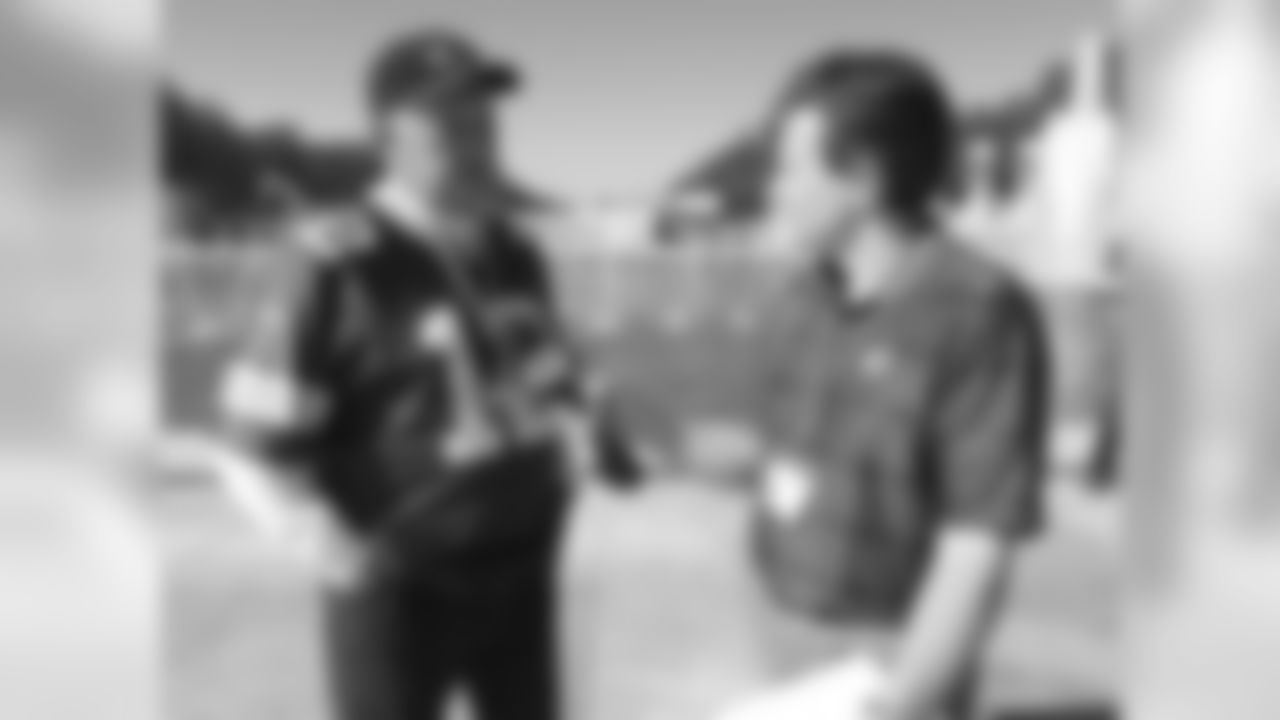
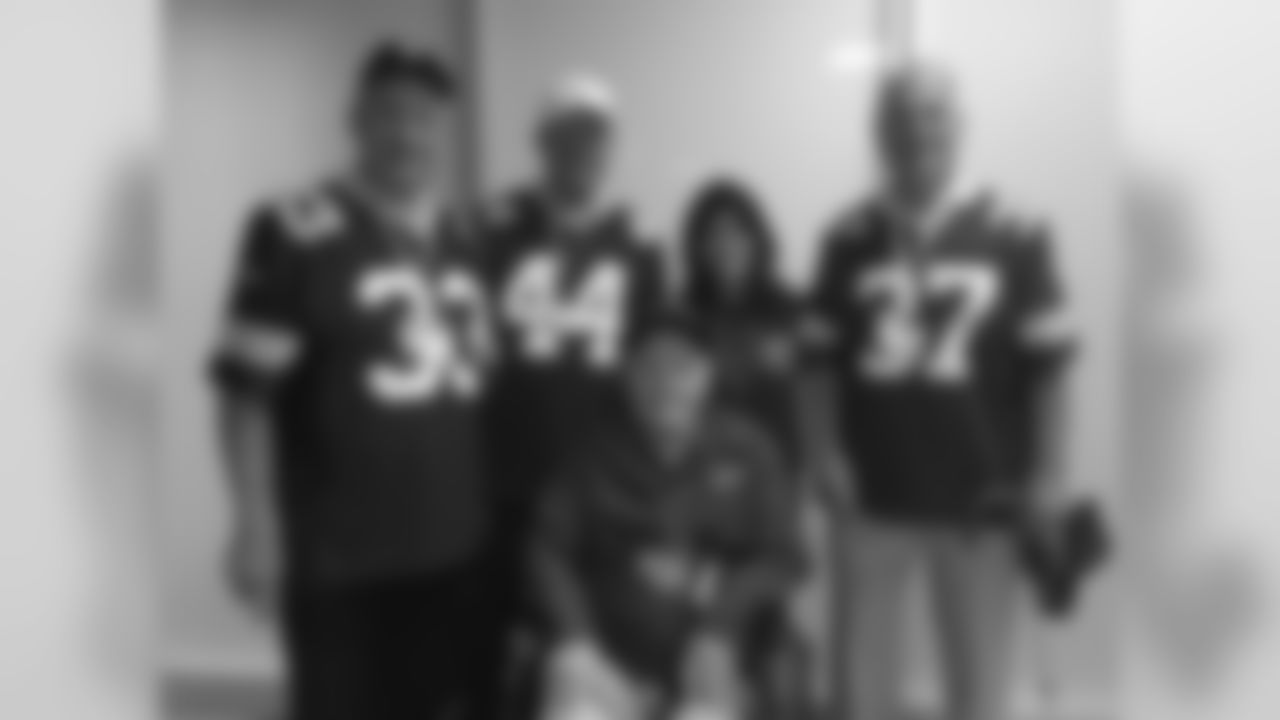

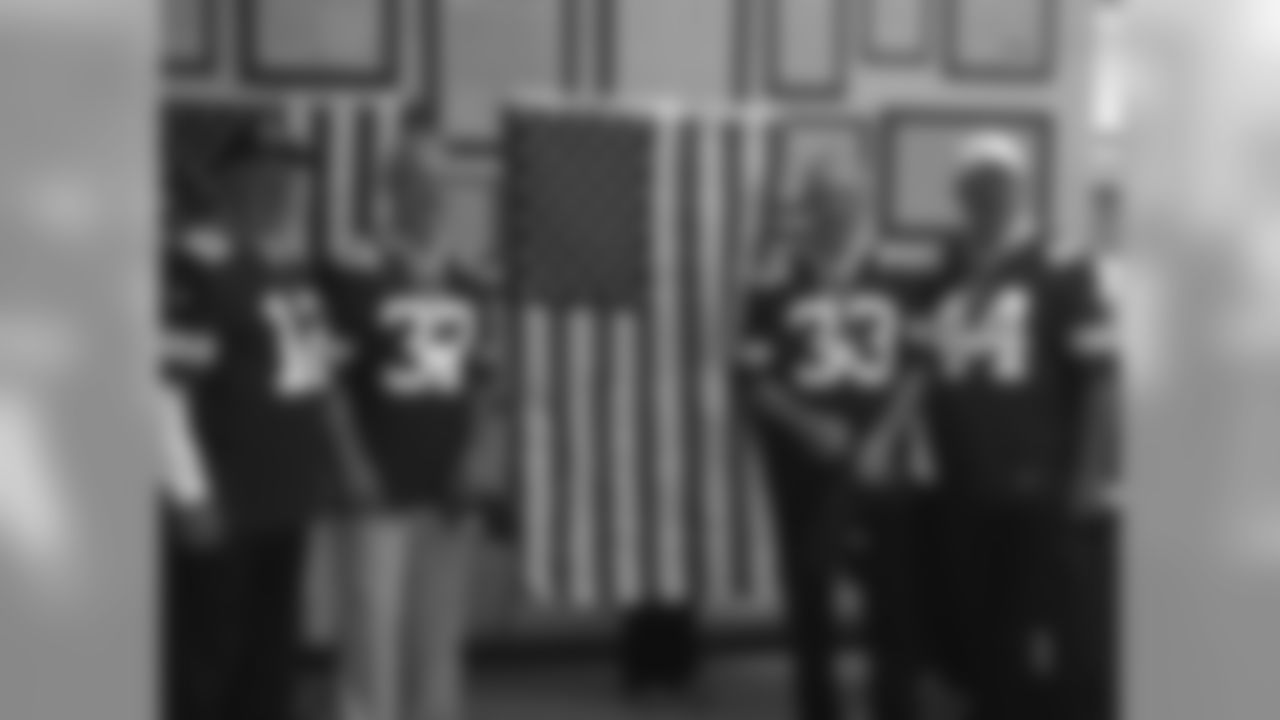
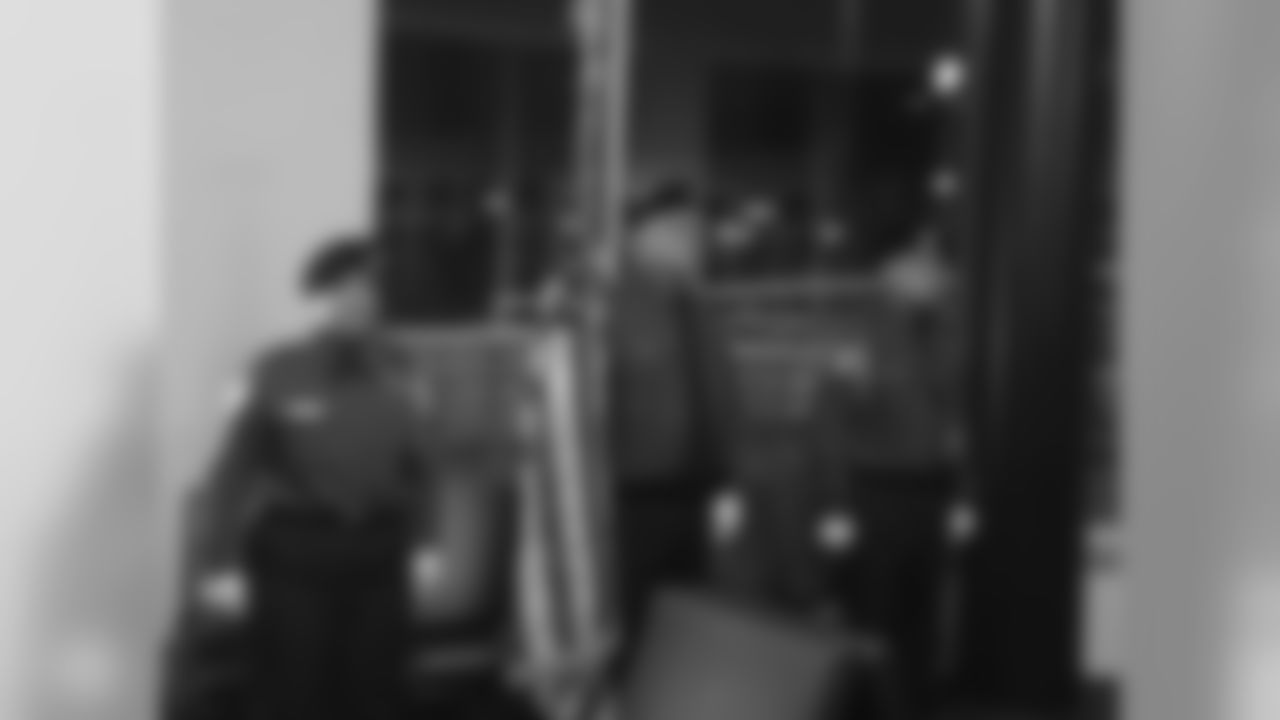
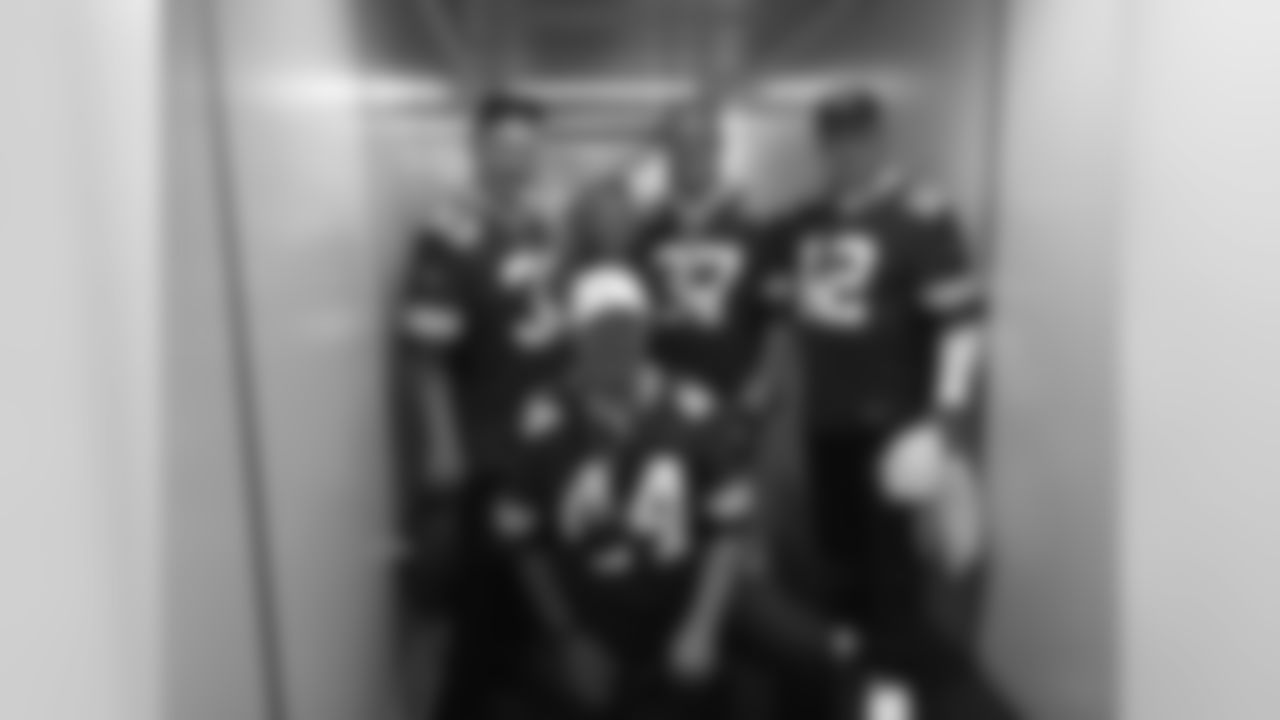
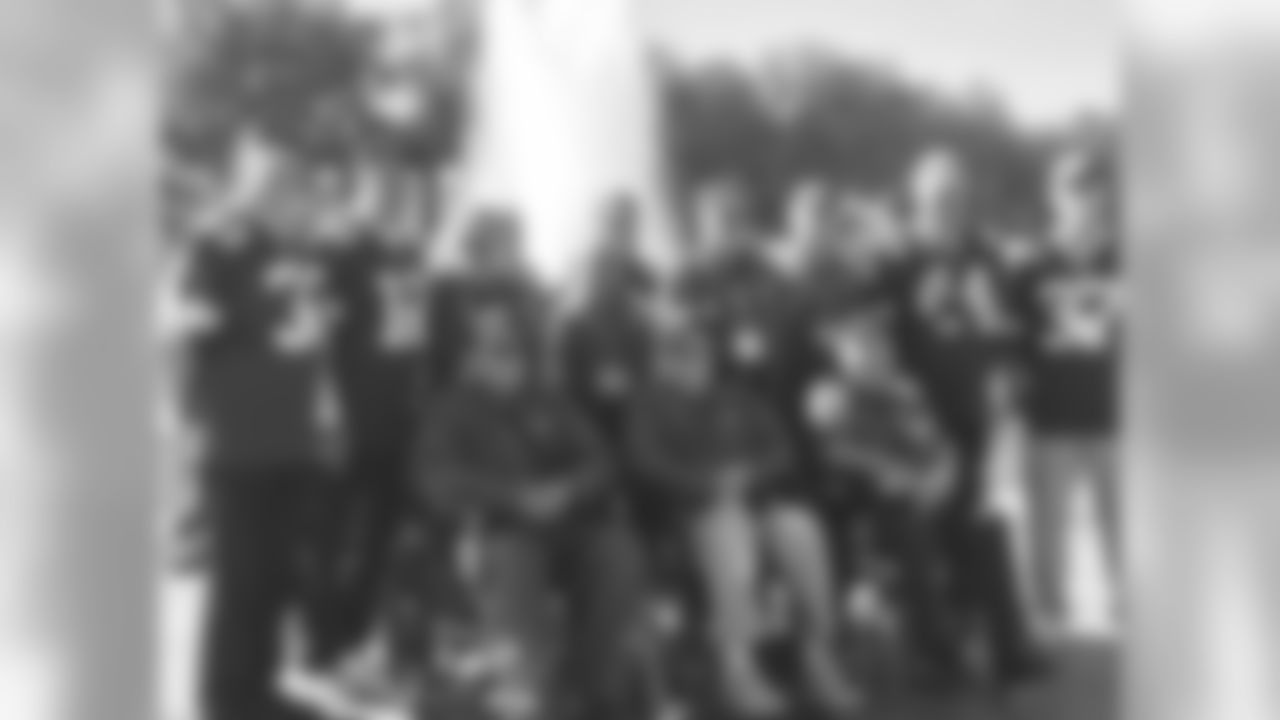
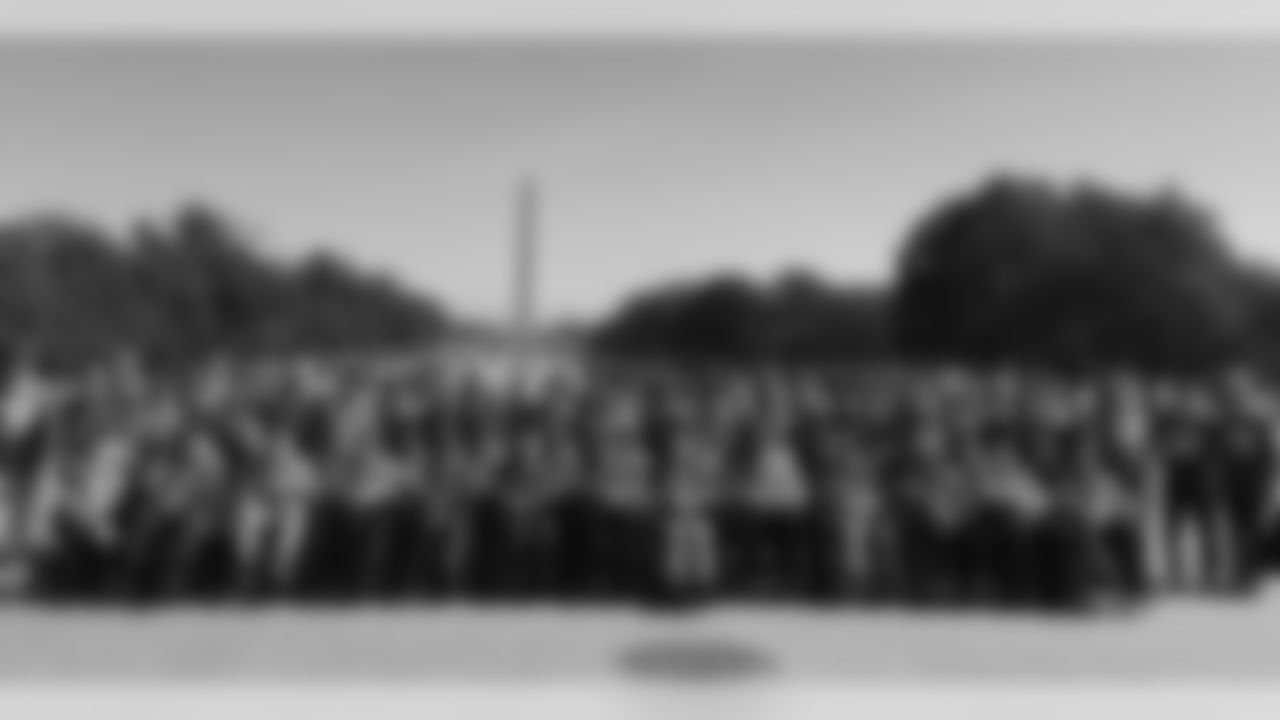
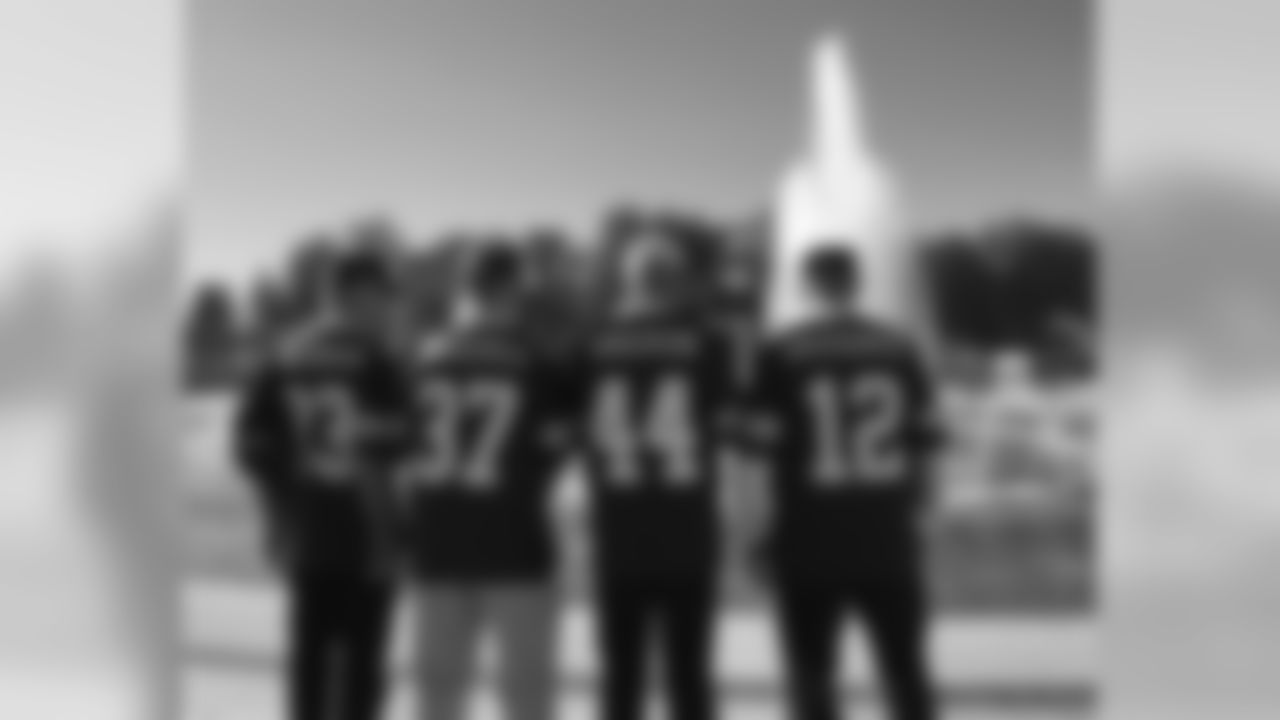

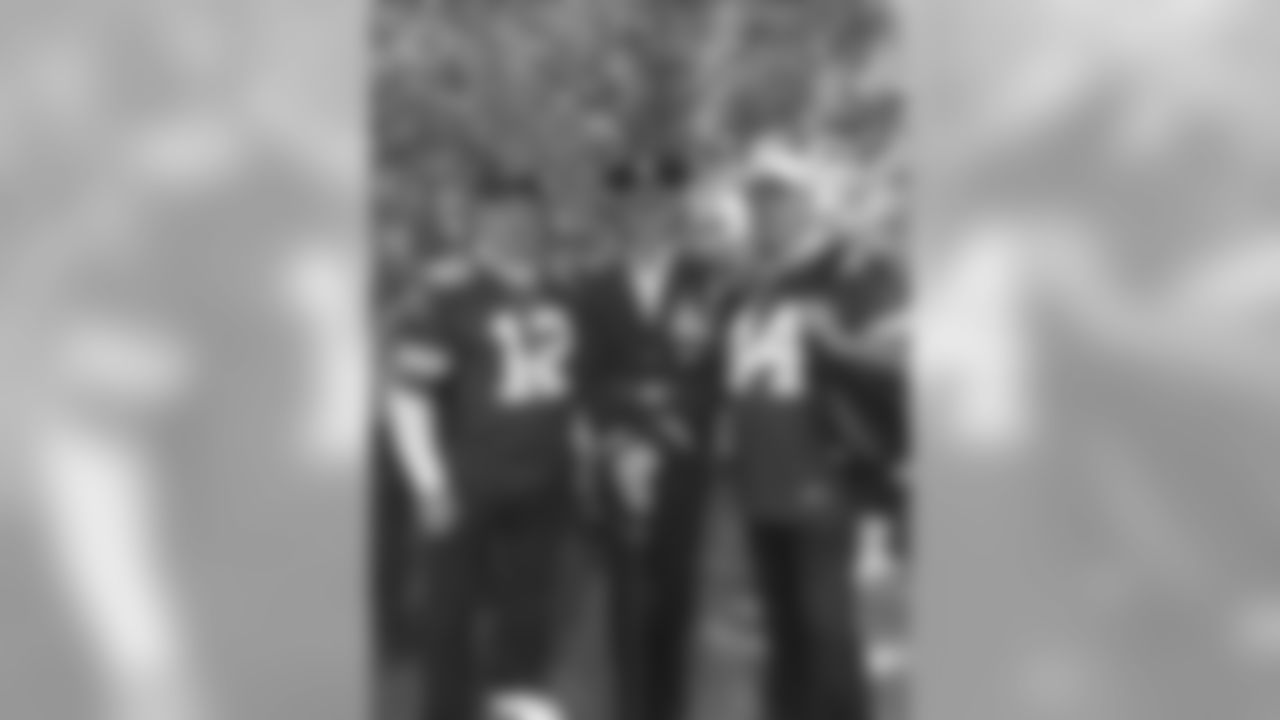

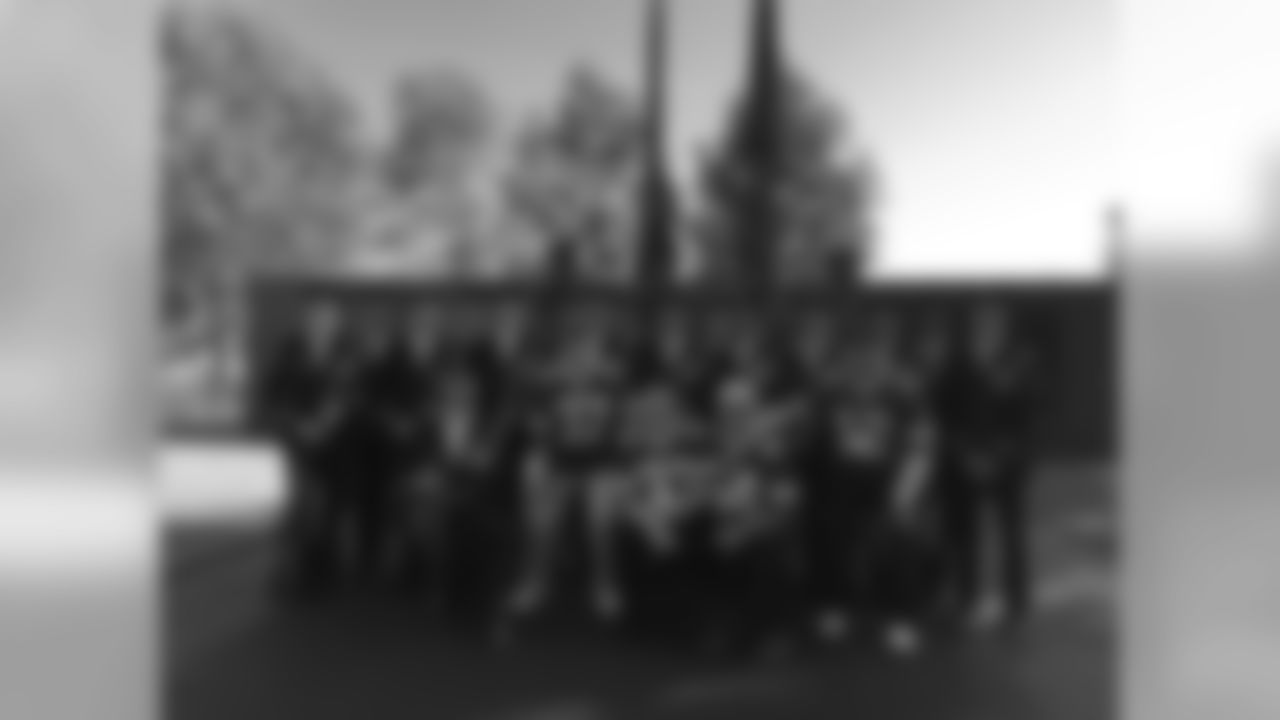
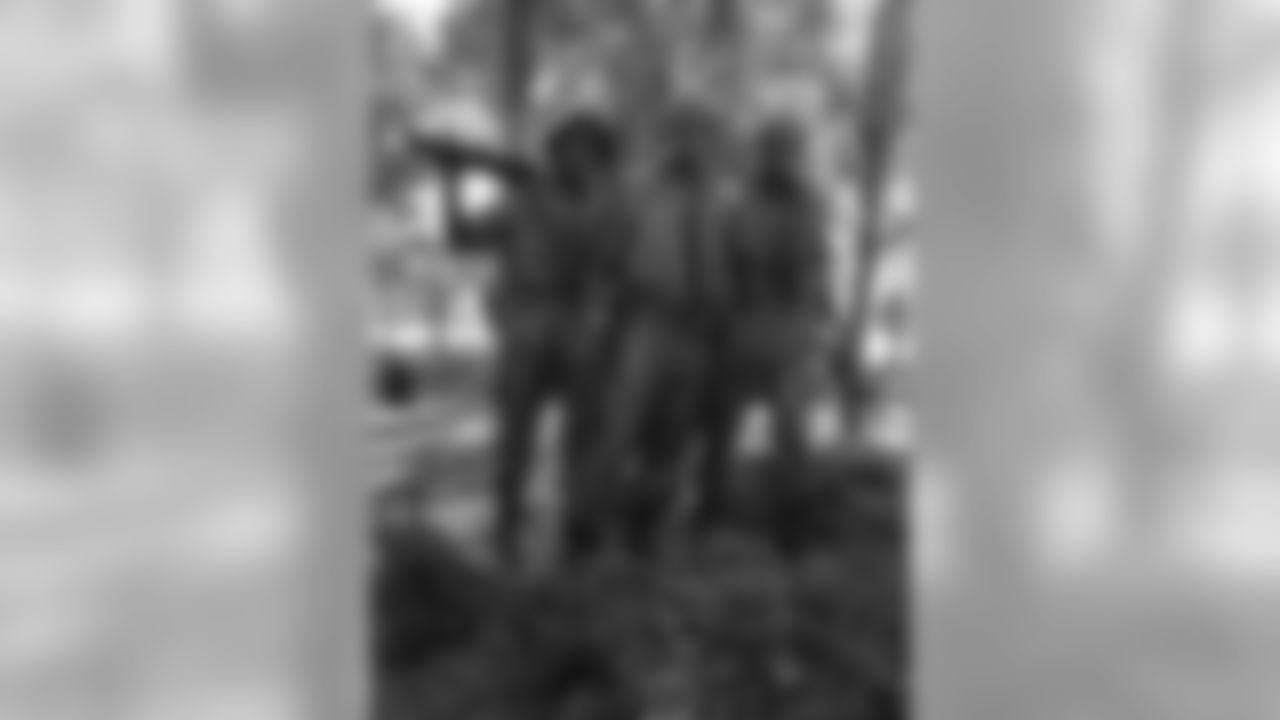

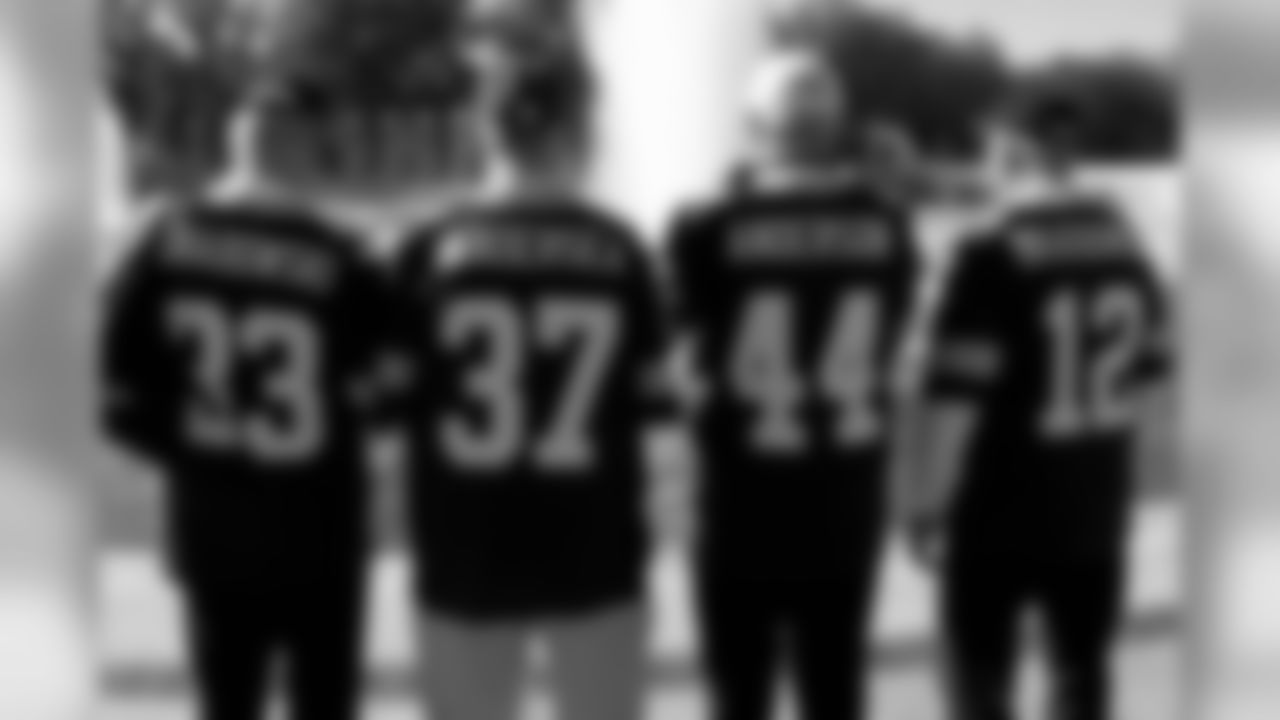
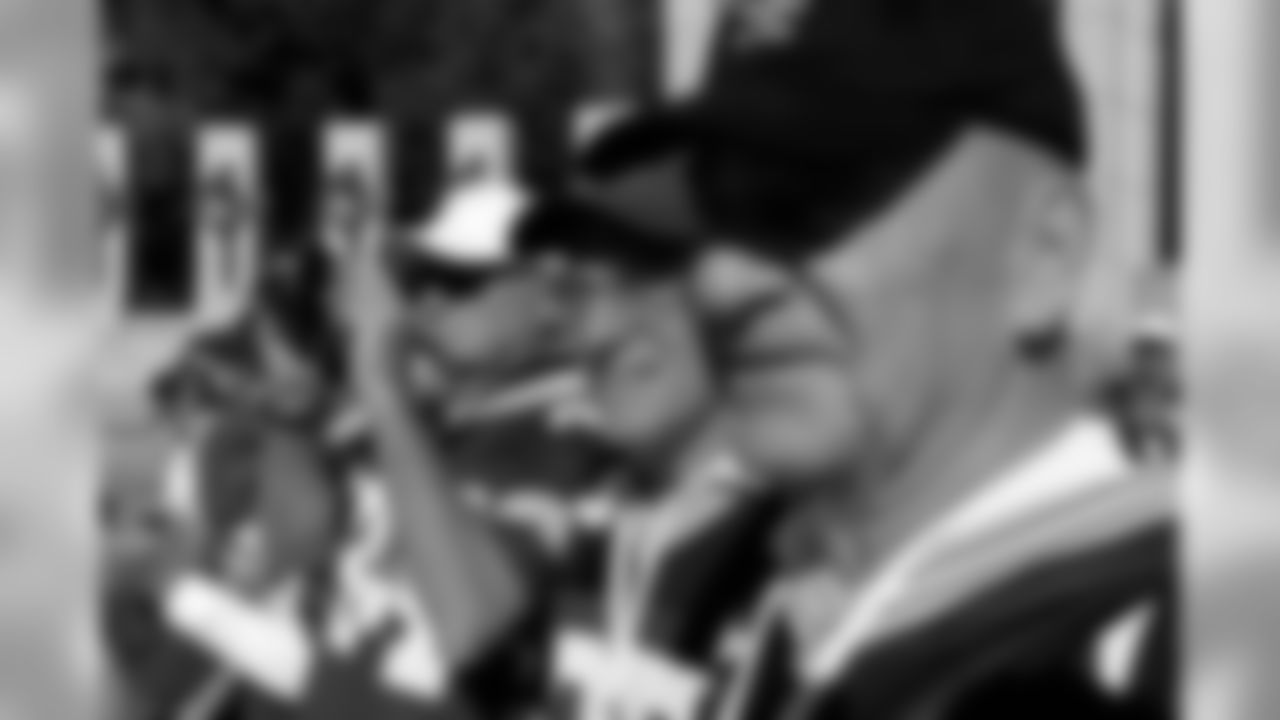
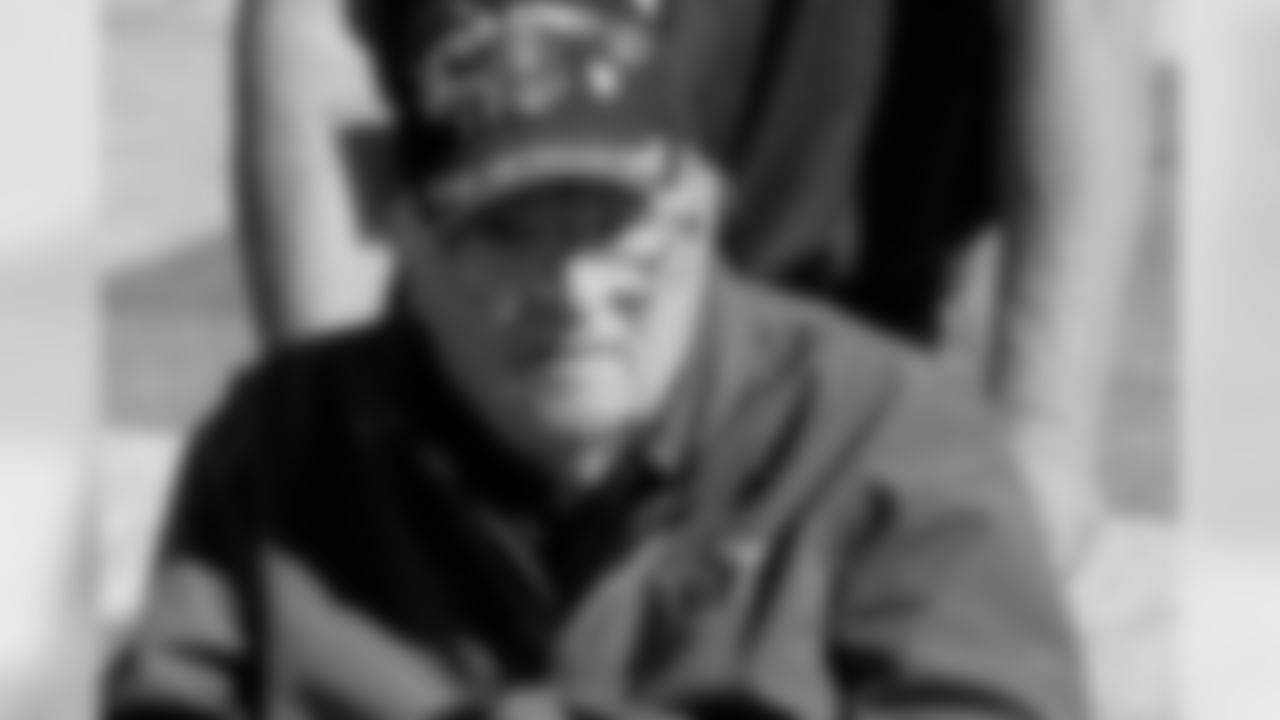

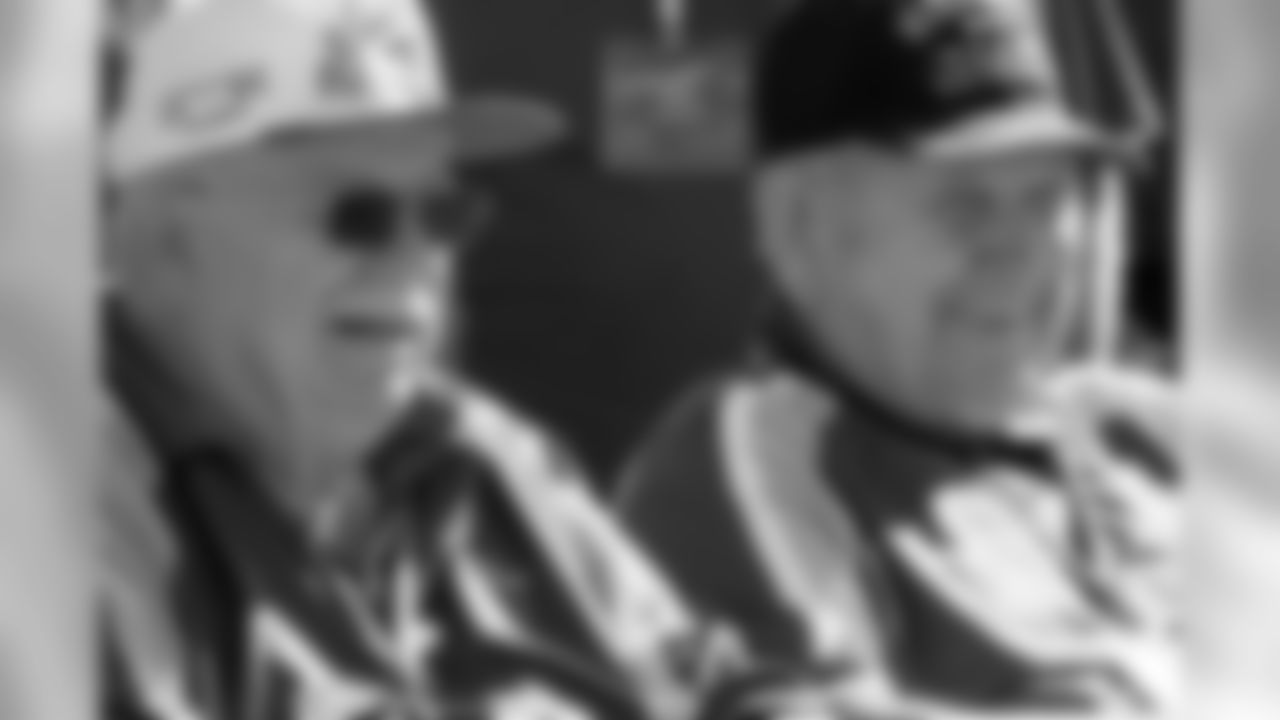
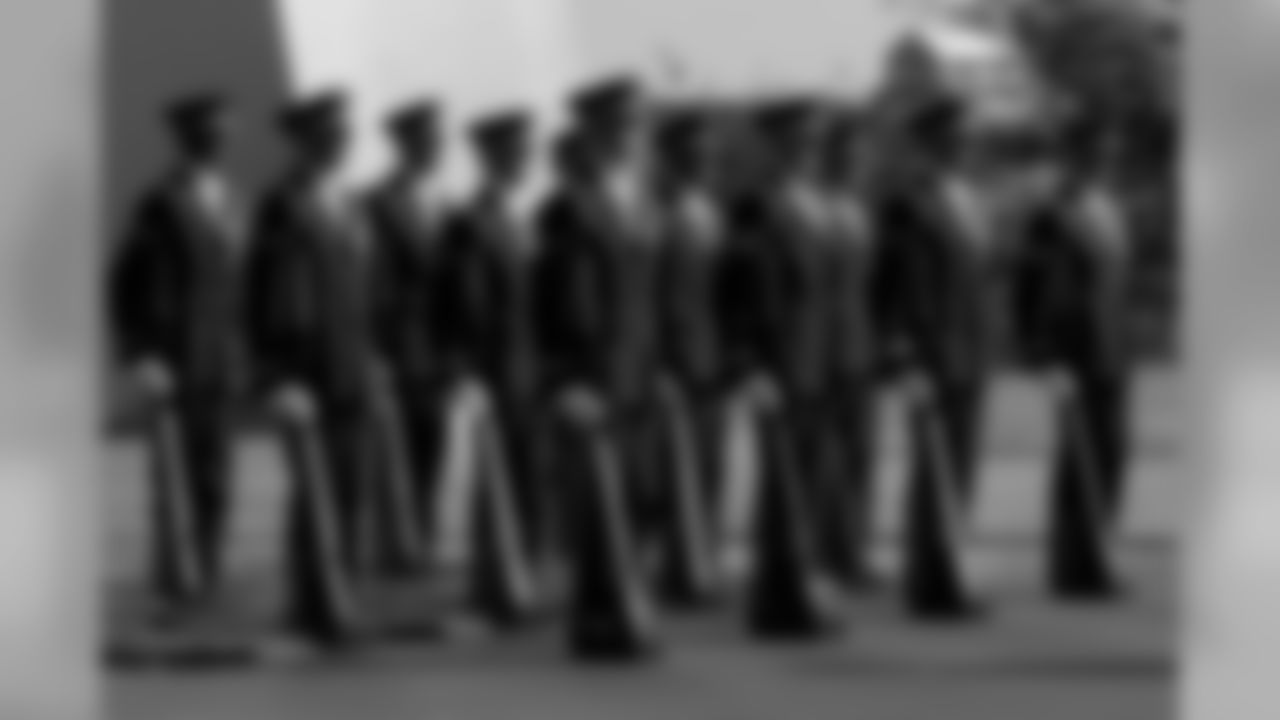
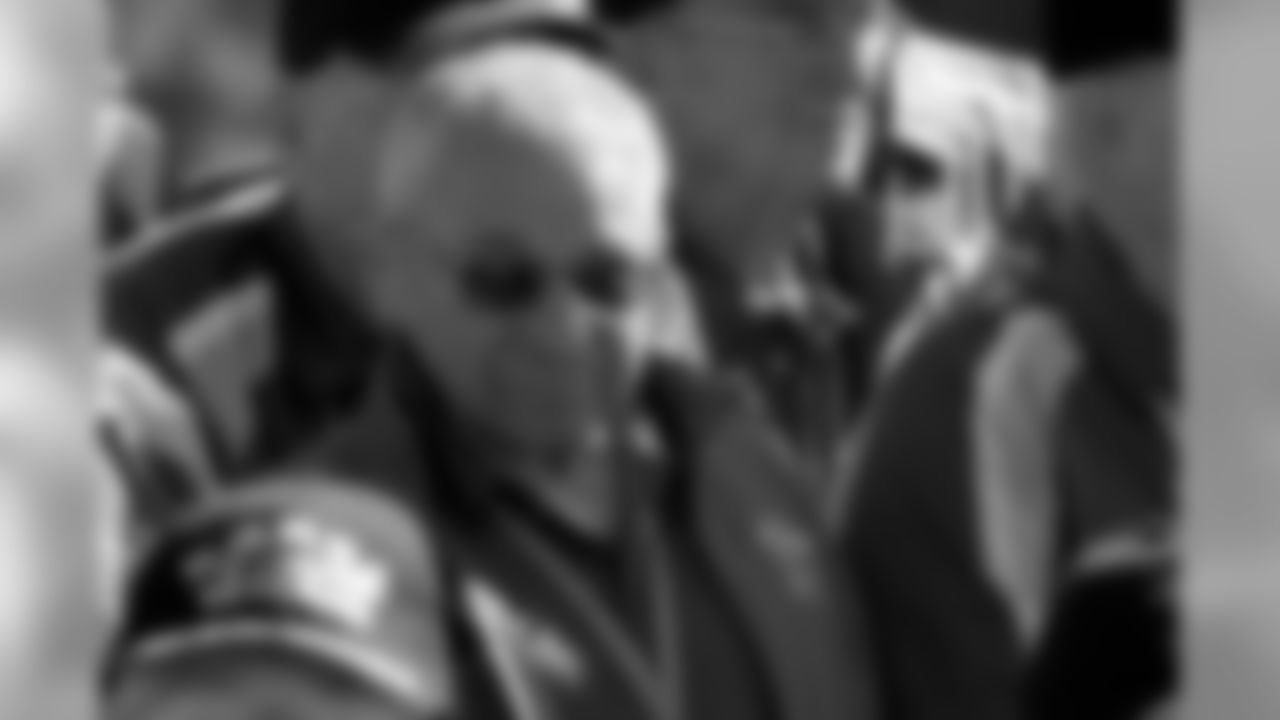

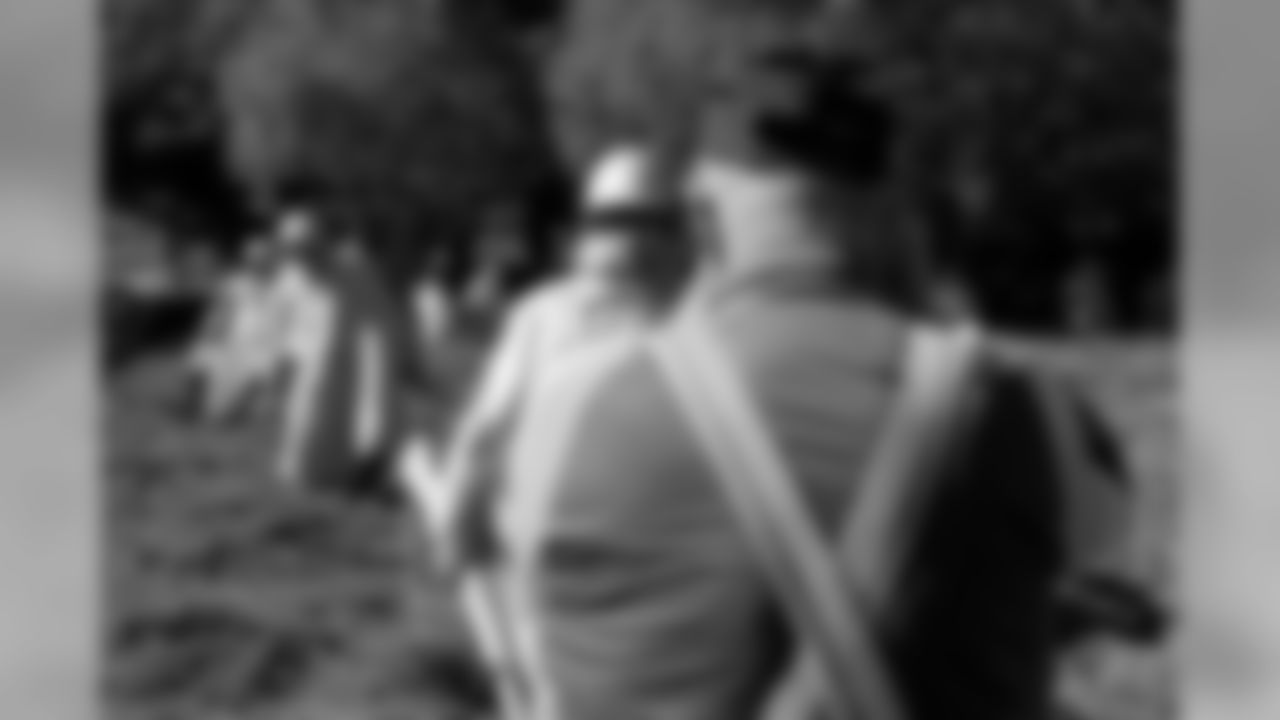

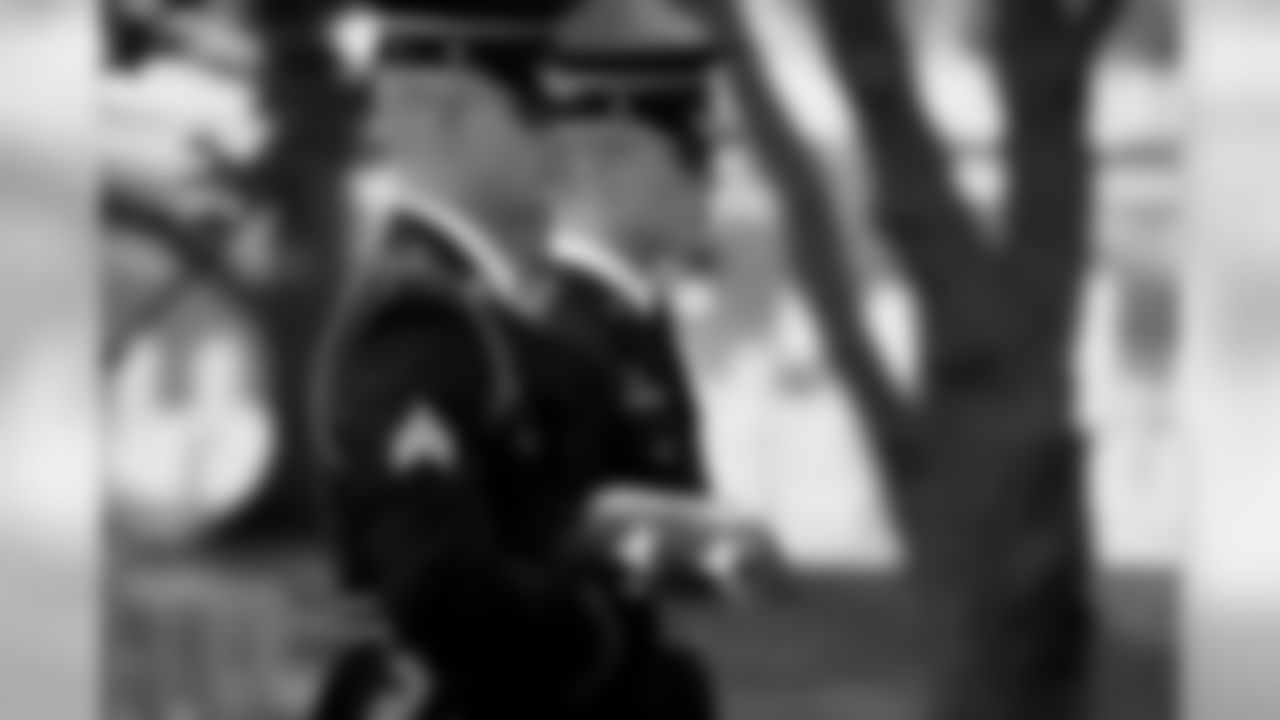
Morse's first successful project led to Honor Flight chapters springing up around the country, with northeast Wisconsin's starting six years ago through the efforts of Drew and Diane MacDonald from the Fox Cities area.
Last month was the 33rd trip organized by the MacDonalds, who volunteer their time. As the first to include Packers alumni in honor of this year's 50th anniversary of Super Bowl I, Mission 33 was appropriately dubbed "The Green and Gold Flight." Anderson, Grabowski and Vandersea were all members of the Army National Guard, while Bratkowski was an Air Force pilot who served in the same squadron as another former Green Bay teammate, the late Max McGee.
"There is such a mutual admiration for the Packers players to be hanging out with World War II veterans that risked their lives so that they could enjoy the freedoms of playing football," Morse said. "But then, the Packers players are living legends to the veterans."
In addition to visiting the World War II Memorial, Mission 33 also traveled to the Korean War Veterans Memorial, Vietnam Veterans Memorial Wall, Marine Corps War Memorial (Iwo Jima Memorial), Air Force Memorial and Arlington National Cemetery, all in one day.
Each stop carried different meanings and evoked different emotions for the vets, depending on their own personal stories. The vast majority had never been to the memorials dedicated to their eras.
"When I was in the service, I flew over Iwo Jima to see the island and everything, and where they put up the flag," said John Bartels, who served in the Air Force as an in-flight refueling operator on KB-29s in Japan during the Korean War. "It was nice to see that statue more than anything."
The Korean War Memorial, dedicated in 1995, was particularly moving for most of Mission 33's participants. Seeing its almost lifelike depiction of armed, helmeted soldiers plodding through the terrain was akin to traveling through time for those who had been there.
"You can just see that – that's the way it was done," said Harry Hazen, a veteran from Green Bay who served as a radio operator in the Army in Korea in 1954, just after the cease fire was in place. "It's very special to see this memorial. I had been here (to D.C.) before, but this one wasn't built yet. They did a real nice job. It's a special thing. Anybody that's been in Korea can really relate to this memorial."
Even though the Packers alumni aren't war veterans, they were similarly moved, hearing the vets' stories and connecting with them in a way that had little, if anything, to do with football.
Their rings from Super Bowls I and II were popular items to show and talk about, but the conversations went much deeper than any games they played.
"It's hard to describe," Bratkowski said. "One of the things I see is a lot of humility. There's a selflessness.
"It gives you an indelible mark on your character, your discipline, all of that," Bratkowski continued, referring to serving in the military. "It's something I'm never going to forget. I always tell everybody that my wings that I earned as a pilot mean as much to me as my Super Bowl rings, and I really mean that. It's something special."
For the Packers players as well as the war vets, emotions couldn't help but rule the day at times. Grabowski lost a close friend in Vietnam, Bruce Capel, who had been captain of the University of Illinois football team when the two played there together. He had done it before, but he went again to find Capel's name on The Wall.
Interactions were heartwarming as well. At the Air Force Memorial, Mission 33 was treated to a performance by an Air Force Honor Guard drill team, whose synchronized movements with bayonet-topped M1 Garand rifles were breathtaking in both their perfection and degree of difficulty.
After the drill, the current young military generation appreciated the chance to chat with the elder class and rub elbows with the former NFL players. One soldier even had the Packers autograph his gun.
"That was special, wasn't it, you know?" Grabowski said. "He took the stock apart and we autographed the inside of it. Never in my life. I've autographed some different things, but this is really something, for sure."
So were the tributes throughout the day to the veterans, homages that took on all forms and fashions.
First came a public and highly visible one, as Mission 33 was welcomed upon landing at Ronald Reagan Washington National Airport by a watergun salute from firetrucks situated on the runway. Inside the airport terminal, travelers waiting nearby lined the veterans' path at the entering gate, waving flags and applauding as a French horn player provided familiar military music at the front of the line.
Next was a subtle and borderline secret sign, as the soldiers performing the changing of the guard at Arlington's Tomb of the Unknown Soldier scraped the toe of a boot once each as they marched past the assembled vets, an understood acknowledgement of their presence without any spectacle or break in decorum.
Then came a private, unexpected and intensely emotional recognition, as the vets received "mail call" on the flight back home. Each was handed a thick envelope filled with cards and letters from friends and family members explaining what their service meant to them. There was hardly a dry eye on the plane once the reading began.
Last but not least, the final tribute encompassed all the characteristics of the prior ones. Unbeknownst to the vets until they returned to Appleton International Airport, friends and family and countless others, some of whom had submitted the "mail call" notes, lined both sides of the terminal – four and five deep for several dozen yards – to welcome their loved ones home, cheering and holding up signs while a big brass band saluted the conclusion of a most memorable journey.
"It's like being at the Super Bowl and the jets fly over, as far as I'm concerned," Bratkowski said of the trip in general midway through the day, though it's likely the same thought crossed his mind during the celebratory finale. "It's a very special moment."
Through it all, the humility to which Bratkowski referred earlier truly overwhelmed the former Packers in the presence of this collection of war veterans.
Robert Wright may have felt honored to meet some Lombardi-era players who were part of the greatest football game he, or any of his brethren, ever saw. But in truth, the honor was all theirs.
"When you're in the reserves and National Guard, you don't really shoot bullets too often," Anderson said. "These guys are the real heroes of this country.
"It makes your heart beat a little faster when you see these guys, how much pride they have. The only way I can identify with that is the Packer pride. You go out there, you do a job, you've got a brother, you work hard, and you win. That's what these gentlemen did."




